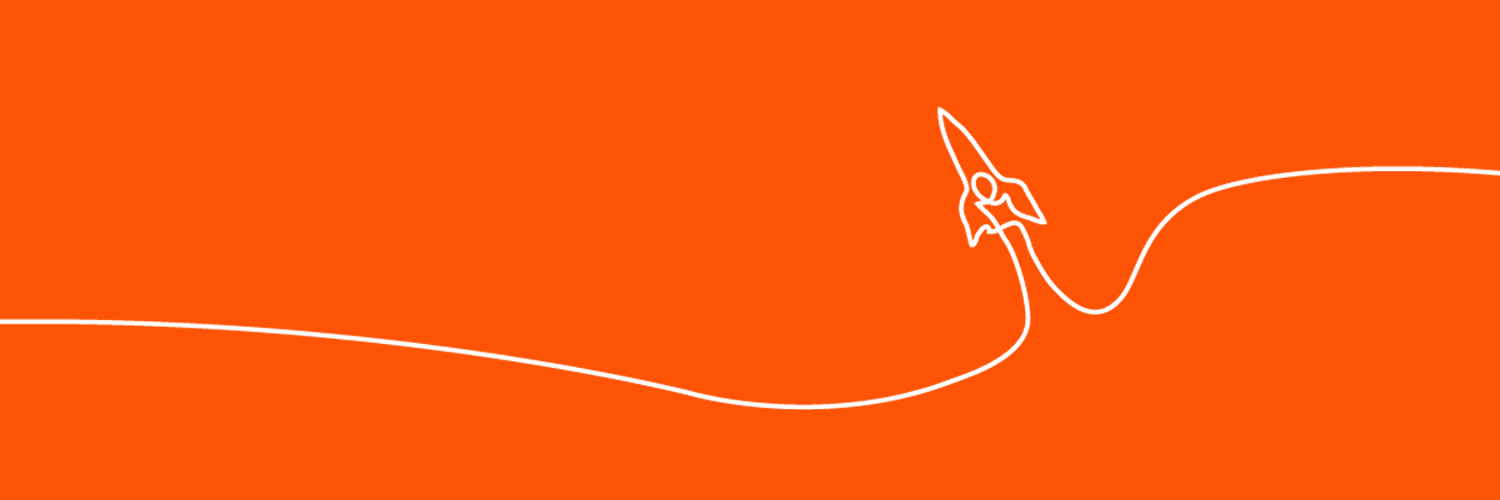
A Process for Working with “Wicked” Issues
Introduction
Our clients are repeatedly facing problems that are intractable and have many interconnected causal factors. Frequently they have tried a number of different ways of addressing these issues and yet the problems persist. We have helped several organisations and systems apply concepts from complexity theory to these “wicked” issues and over time we’ve developed an approach that works. We have drawn on several sources and take little credit for each of the elements but we have worked out how to string them together in a productive way. Here’s our approach.
1 Gather a diverse group together.
If you always involve the same people in the conversation you will always get similar solutions because they will bring the same world view and the same set of blindspots. Just varying the voices in the conversation can create a different conversation and produce different ideas. A diverse group would include people who are a part of the issue and people who are affected by the issue. Ask yourself, who’s voices are we not hearing? A healthy system has as much diversity within it as there is in the context. This is known as requisite variety
One of the mistakes we see quite often is that people gather the people they know. Eg in one Integrated Care System the people setting up the group knew lots of people in various NHS organisations, a few people in the local authority and didn’t have any strong relationships with people in the third sector that they could approach. This, they said, had been a problem for a while. So, in forming their group they did not invite anyone from the voluntary or community sector because they didn’t know anyone to invite. It can become a vicious circle
The challenge of course is how to invite people from X if we don’t know anyone. One place you can start is who do you know that knows someone. Or who do you know that is well networked that might know somebody? It is said that you are no more than 6 connections away from anybody.
We often hear relationship skills, influencing skills and networking called soft skills. They are actually very hard, and crucial for systems leadership.
New solutions will come from gathering people to have conversations that have not occurred before and having different voices in the group is a way of enabling that.
2 Build a climate where it is safe enough to say what I really think and feel.
This will require care, skill and attention, especially given that the group is diverse and will have different: world views; concerns; levels of power; experience and skill.
Many groups that work together don’t achieve this. The risk of not building a trusting climate is that
Things go unsaid that would have provided insight.
Incorrect assumptions are made
The level of commitment is diluted.
We have been helping one organisation develop collective leadership and, as part of that, we work with a steering group. The pattern with the steering group is one of being very slow to move to action. Proposals are made, decisions are formed and yet in between meetings nothing moves forward. In a recent meeting some of the members commented that they hadn’t fully understood the decision that was made last time but hadn’t said so. Another said that the group needs to meet in person. It became clear that the relationships in the group were not strong enough for people to express any uncertainty or disagreement. Their suggestion to meet in person and, more importantly, taking time to get to know each other enabled them to have more honest conversations. Which I turn led to clearer decisions being made and implemented.
So how do you go about building a trusting climate? That can vary depending on how long the conversation is and how many times this group is likely to meet. At a minimum it can be a check in that makes space for people to arrive in the conversation as human beings, not just people who do a job. A check in question such as “How are you as you land here today?” with the person leading the meeting going first and showing some openness or vulnerability can be a very simple way of relaxing the climate. Other useful questions at the beginning of a meeting are: what are you hoping for from this meeting? Any concerns? For groups that will be working together over a period of time we would invest a little longer in getting to know each other. Groups function well when: people feel included and part of it; information flows freely ie people are not guarded with each other; people have a sense of purpose, they all know what they are there for. The more accepted I feel as me, the more likely I am to speak, bring what I have to bring and behave in helpful ways. Then the group has access to wider intelligence to help it do its work.
3 Introduce some concepts from Complexity Science.
Huge amounts have been written about complexity theory and complex evolving systems, some of which makes difficult reading and some of which is oversimplified. We find that one of the most straightforward ways of introducing these ideas is Snowden and Boon’s Cynefin Framework. This link takes you to a video clip of Dave Snowden describing the framework. https://www.youtube.com/watch?v=N7oz366X0-8 People frequently find this an enlightening way to reflect on much of what they experience week to week.
This framework lays the ground for them to expect that:
- A linear solution is unlikely to work
- Small changes will feedback on themselves in ways you can’t predict.
- Connecting the system up can produce things you wouldn’t expect
4 Deepen understanding of the issue using various approaches.
There are many tools and approaches for looking at issues that with fit with a systems perspective in that they acknowledge the interconnectedness of causes and that there will not be one right answer. Anything that helps to round out the multi perspectives and multi causality is helpful. This also requires an ability to live with the messiness of what emerges. Examples of approaches we use are:
Actor mapping and empathy mapping. This is very similar to stakeholder mapping but with the addition of inviting you to see the issue through the eyes of the stakeholders.
Mapping relationships between things and between people. In working systemically relationships are key. Plus good political intelligence requires awareness of who is connected to who and what.
Owning the part we play in the issue. When working with clients we say “our assumption is that you are also part of the problem because if you are part of the system you are also a part of creating things as they are. So, what part do you play in things being as they are?” This can often create breakthroughs.
Modelling the issue physically eg using a constellation. This could be in two dimensions or three dimensions.
Rich pictures. These originate in Soft Systems Methodology and they are a way of inviting people to write and draw on the same page together and represent the various elements and interconnections of an issue and also the mess of the issue.
Pattern spotting. This a very important skill in systems work. Simply asking people what themes and patterns they notice can produce insightful conversations.
During the process we often share the following model from Sam Kaner to legitimise the discomfort of being in the “groan zone”. In fact, it suggests the groan zone is a good place to be because it means you are widening your thinking. Generally we use it to encourage people to not converge too soon.
If steps 1 to 4 have been done well you should have a better, richer understanding here than you have ever had before.
5 Set the problem/Frame the question.
You may start out with one question and find that as you discover more your view about what question you should be answering changes. This is normal. This is why we have added this step at this stage in the process. New information may change how you see the issue, or the scale at which you think you need to work. Framing the question is key to how you choose to direct attention. A good question will create leverage and will engage people. This is a step that people often take for granted,
6 Generate safe to fail experiments.
These are things we haven’t tried before that won’t sink the boat if they go wrong. Systems have inbuilt unpredictability and therefore it is impossible to come up with “the right answer”. Experiments are the order of the day. The company WL Gore used to have a principle for people to weigh up what they were about to do by thinking about what would happen if it went wrong. The intention was to encourage people to take responsibility, exert some leadership and use their judgment. If the action could cause a puncture above the water line (think of a ship), then use your judgement and go ahead. If it could puncture the ship below the waterline then talk to lots of people first.
The odd thing about complex issues is that often they need to be approached obliquely rather than head on. You are creating a context from which good things will emerge. So this requires some creativity of thought. It can also be helpful to start with the “warm spots” and build out from there.
Another useful addition is to test your ideas out using Ritual Dissent (a structured process to test and enhance proposals or ideas by subjecting them to challenges or positive alternatives).
6 Engage with what emerges
Think of yourself in a rapidly deforming landscape. You do things, the landscape changes, you see where you are, reconnect with your purpose and choose what you do next. This is not about setting milestones and adhering to them. It requires you to work iteratively but with a sense of purpose.
A word about evaluation. Traditional approaches to evaluation usually ask us to clearly identify what we are going to achieve and then measure the extent to which we achieved that. The radical unpredictability of systems means the work will not fit in that straight line. You will absolutely have a sense of purpose but that might evolve as you work and the world changes. The approach here is to look for intended and unintended consequences and develop amplification strategies where things are going in the direction you want and dampening strategies where they are not. Think of it as fanning the flames of things you want to amplify and depriving of oxygen those things you want to dampen.
Apparently the word serendipity comes from the two princes of Serendip who went on quests and never found what they were looking for but always found something better instead.
Frances Storr
If you would like a conversation about working with intractable problems, contact us at getintouch@levatilearning.com


